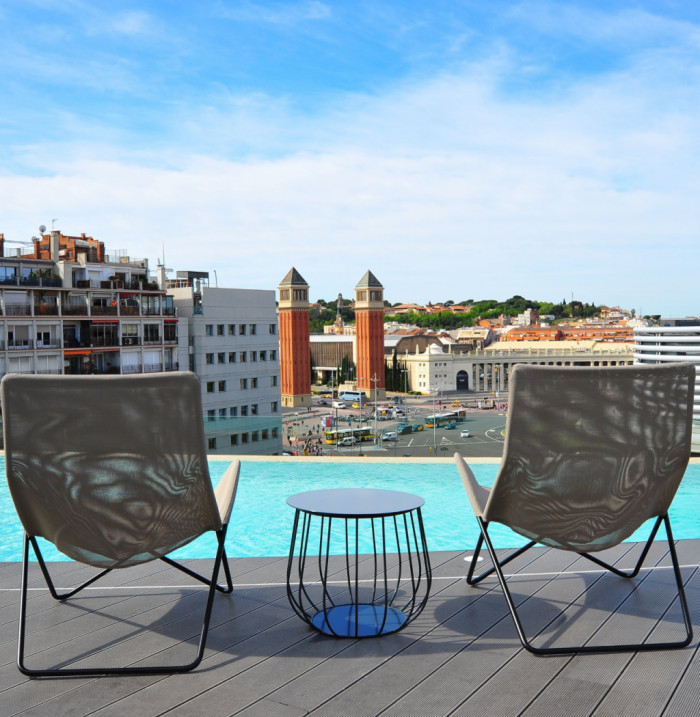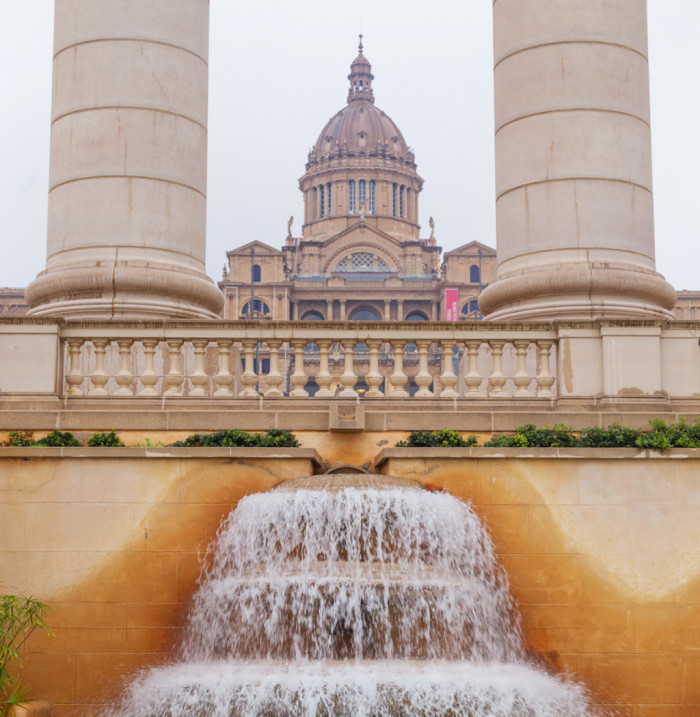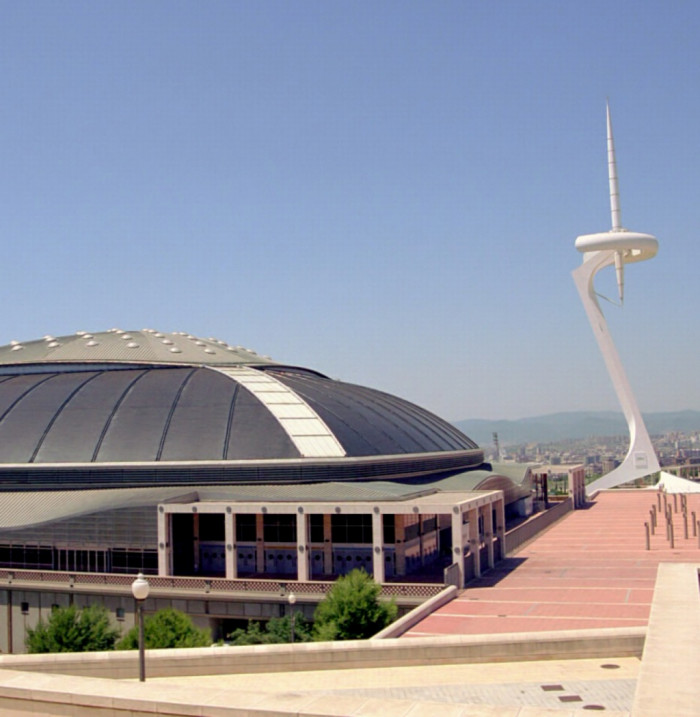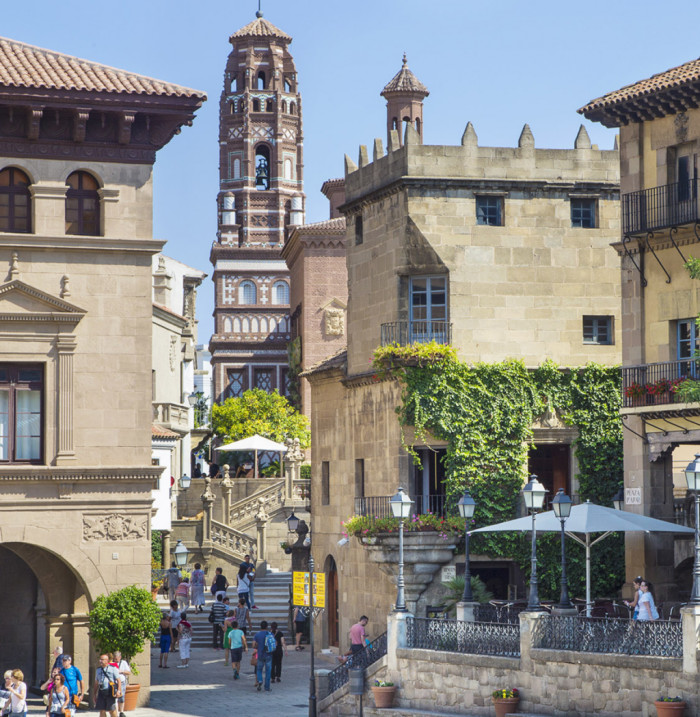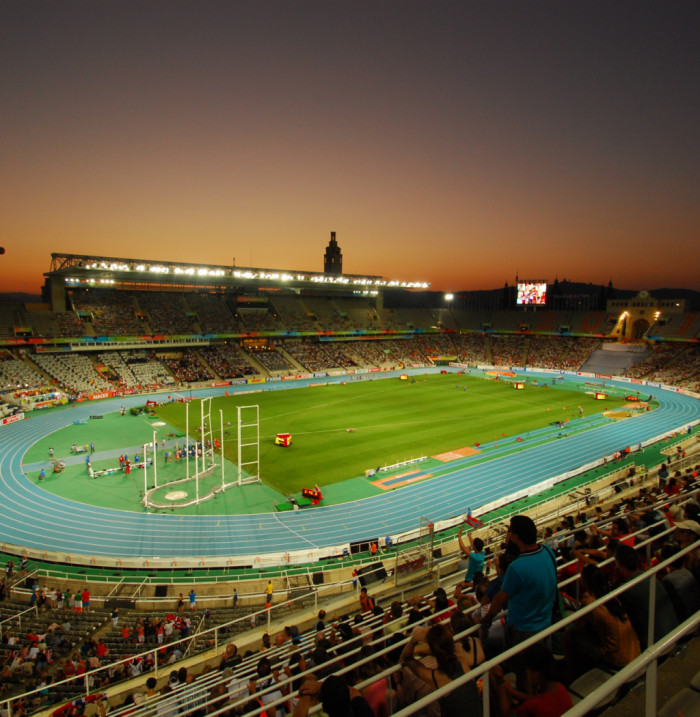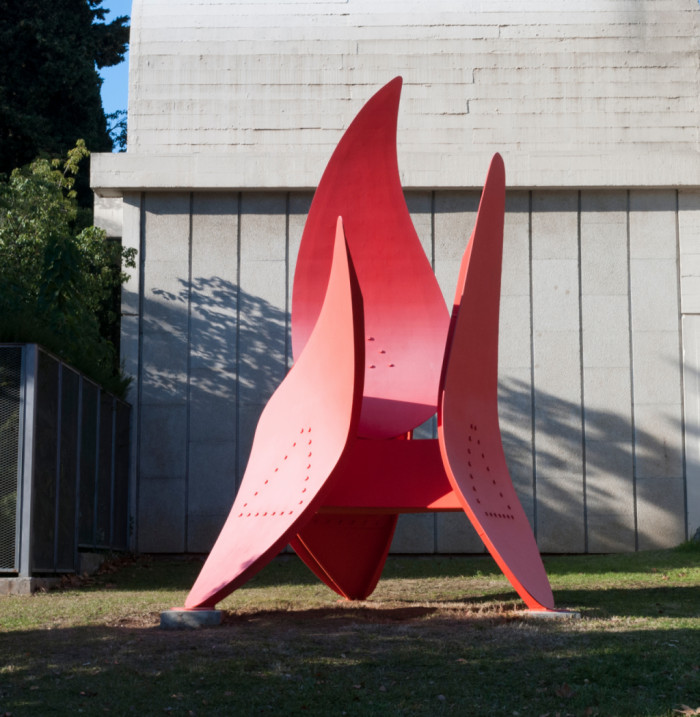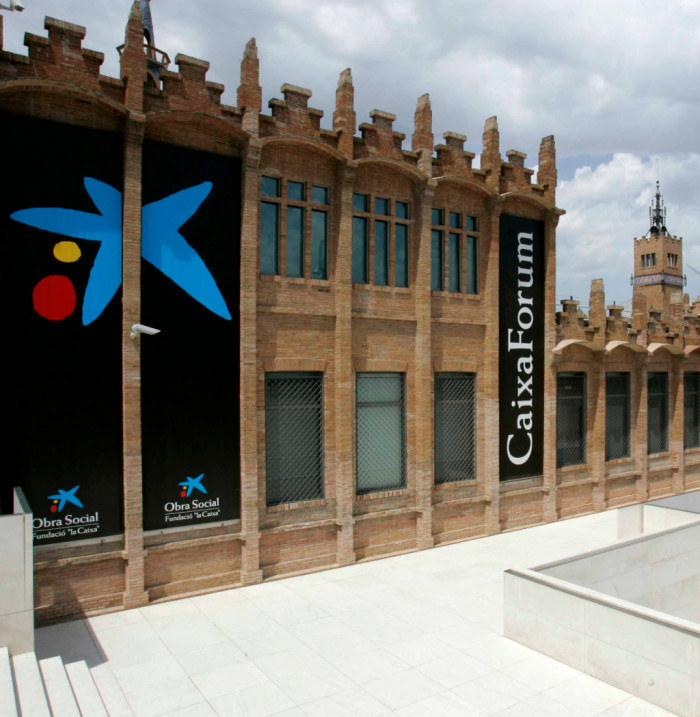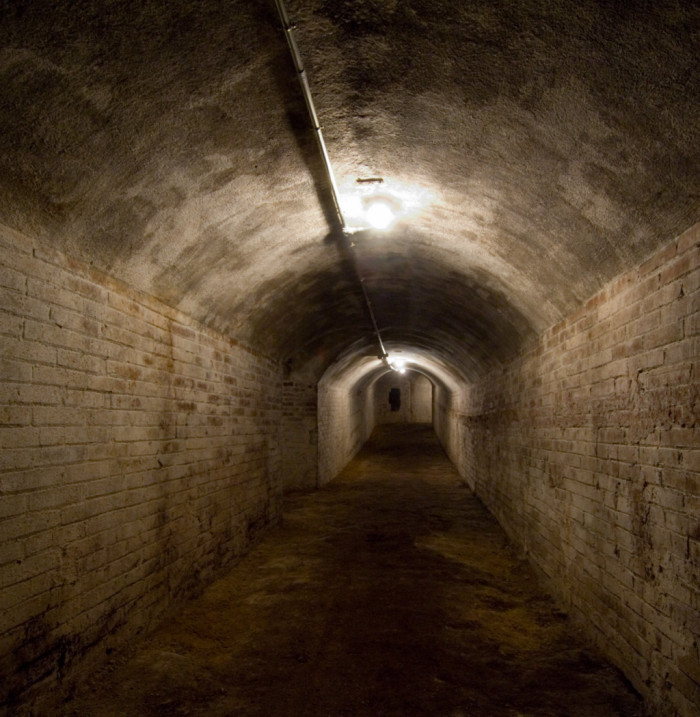- Architecture
- Open Air
The theater is a scenic open-air theater constructed in 1929 for the Barcelona International Exposition, an event that served as the stimulus for building on a good part of the mountain of Montjuïc.
Metro: L1 (Red) & L3 (Green) - Espanya
FGC (Ferrocarrils): L8 - Espanya
Bus: 55 & 150
The Greek Theater (Teatre Grec) on which it’s located was an ancient quarry, which became the source of all the materials used to create the structure. It was designed by architect Ramón Reventós Ferrerons, who also oversaw the construction of the Venetian towers of the Plaça Espanya. And if there the inspiration was ancient Venice, for the theater, Ferrerons focused on the theater of Epidaurus, such that the design ultimately became a stage built in a ditch, surrounded by a set of semicircular stands.
After the international engagement, the venue fell into disuse until the 1950s, when the Barcelona City Hall decided to give the theater new life. But its real shining moment wouldn’t arrive until the era of democracy; 1976, to be exact, the year the GREC Festival was first held. Since then, the venue has become the principal point of reference for Barcelona’s summertime cultural life, since the festival, held in July, offers a wide array of live theater, dance, circus, and musical performances. Although GREC has now grown so large that it requires multiple venues to host all its events, the Greek Theater continues to be its most emblematic performance space. And the theater is indeed one of the festival’s main attractions; being able to watch a live performance in a truly classical Greek theater while feeling the fresh air of the Mediterranean breeze, all atop one of the city’s highest points, is indeed a thrill.
Another major component of the Greek Theater is the garden on site, spanning an area of 1.65 hectares (over 4 acres). The garden is accessible via the Passeig de Santa Madrona, which leads to an imperial stone staircase. The stairs unfold into a rectangular terrace with aromatic flowerbeds and a stand of bitter orange trees. Along the staircase, you can access another terrace that serves as a lookout point, with a pergola covered in climbing plants. Finally, on the main level, you’ll find the theater.

